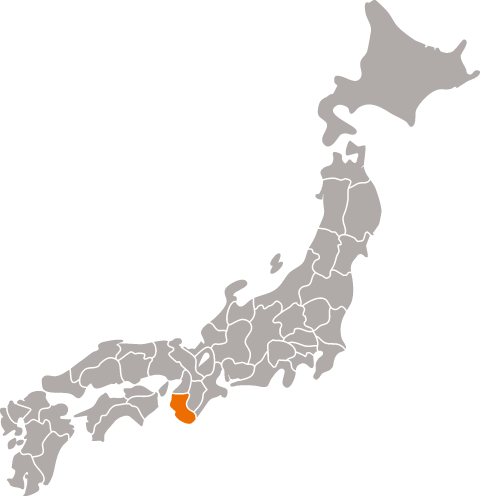Kuroushi “Junmai”
Wakayama prefecture
Enjoyable glass after glass
This locally loved sake will easily become a regular in your selection. The nose is like a rice field during harvest — calm, clean and magical. The flavor consists of balanced rice sweetness with some white and black pepper spice hidden in it. After the initial flavor sinks in, a refreshing umami lingers on the tongue. A sensational drink from the first sip to the last drop that deserves to be shared.
Characteristics
| Brand | Kuroushi |
| Brewery | Nate Brewing Company |
| Category | Junmai |
| Subcategory | N/A |
| Taste Profile | Light & Dry |
| Rice variety | Yamadanishiki |
| Yeast variety | Association No. 901 |
| Alcohol | 15.60% |
| RPR | 58% |
| SMV | 5 |
| Acidity | 1.6 |
Serving Temperature

-
 Recommended
Recommended
-
 Not Recommended
Not Recommended
Region

Kuroushi is made in Wakayama prefecture in the Kinki region.
Taste Metrics
Tasting Notes
-
Chestnuts

-
Baking Spice

-
Cream

Recommended Pairing
-
Meat

-
Seafood

-
Cheese


Nate Brewing Company
Their brand name “Kuroushi” comes from the rock shaped like a black cow that existed at the shore near the brewery. In 1866 Nate Brewing Company started to serve sake to the craftsmen in the small town of Kuroe famous for lacquerware craft and arts...
Learn moreCustomer reviews
Tippsy Sake Club
Our sommelier will recommend sake according to your taste when you join Tippsy Sake Club. Also enjoy:
- Members-only prices
- Discounted shipping
- An exclusive sake cup with your first club order
- and more!
All about sake
-
 Introduction
Introduction
Welcome To Your Sake Journey!
-
 Lesson 1
Lesson 1
What Is Sake?
-
 Lesson 2
Lesson 2
What Is Sake Made of and How Is It Made?
-
 Lesson 3
Lesson 3
What Is Rice Polishing Ratio?
-
 Lesson 4
Lesson 4
Types of Sake
-
 Lesson 5
Lesson 5
How To Store Sake
-
 Lesson 6
Lesson 6
How To Drink and Serve Sake
-
 Lesson 7
Lesson 7
Food Pairing Guide
-
 Lesson 8
Lesson 8
Best Sake Bottles and Brands for Beginners







